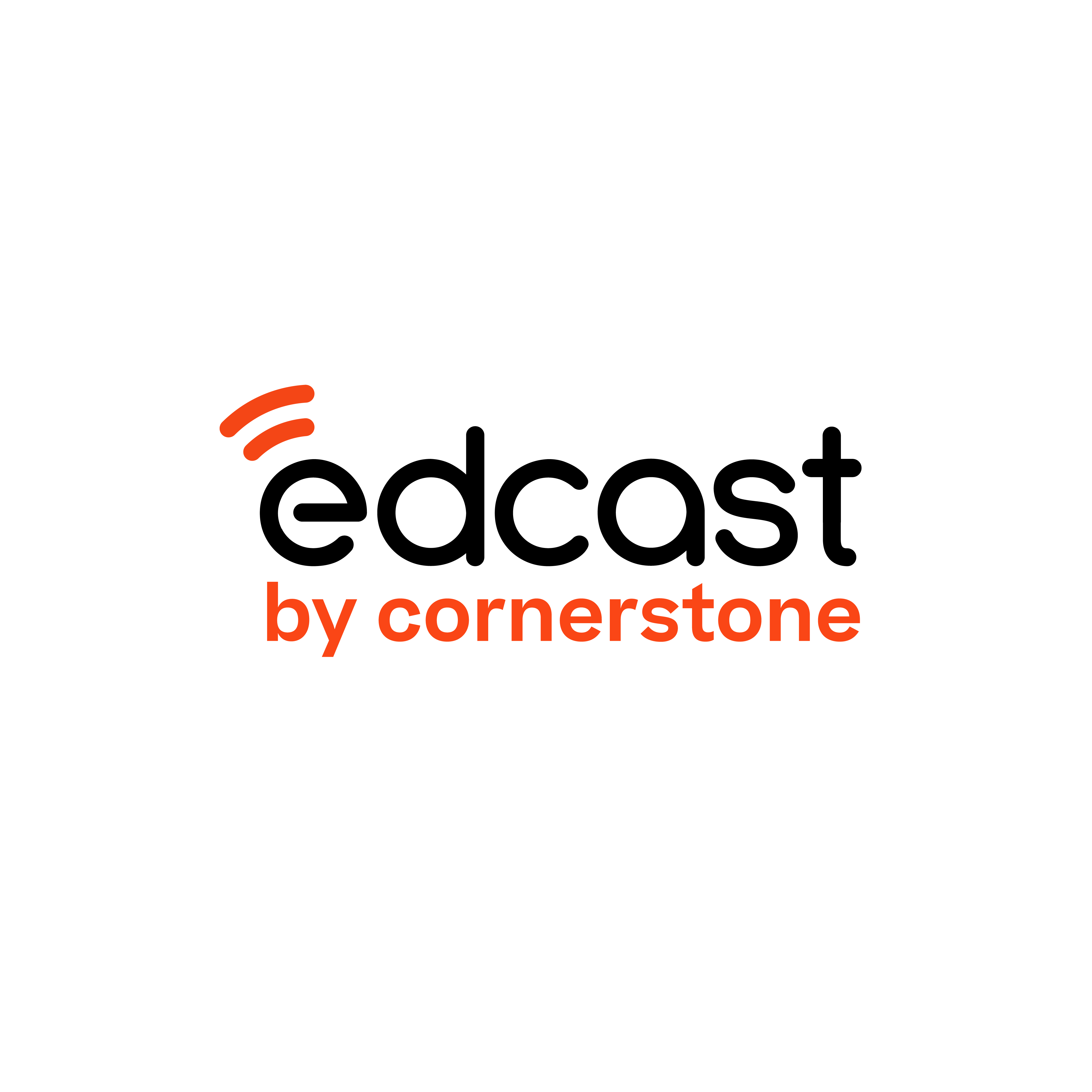Read time: 7.5 mins

Things have changed since your grandparents’ day, when employees were able to use the same skills from the day they started until they retired, 40 or 50 years later. Today’s workplace culture is a fast-paced, dynamic environment, with rapid turnover and a need for new skills to maintain relevance amongst competitors.
Nearly half of millennials see themselves moving to a new company within the space of two years, according to research from Deloitte. What is one factor that can keep them loyal? Ongoing professional development opportunities – an aspect of their working lives that less than a quarter of millennials are “very satisfied” with.
Building a learning culture doesn’t just benefit staff; it benefits your organization as a whole. By implementing a culture of learning, you’ll be able to retain good employees, and retrain your staff on an ongoing basis to embrace new skills and technologies that your company can capitalize on. It increases productivity and retention, cuts recruiting costs, and helps your organization maintain a competitive advantage in the face of changing industry trends.
But while professional training opportunities are available at most workplaces, building a true culture of learning, in which employees are genuinely engaged with the material, is a difficult task. Only 31% of companies have created a culture of learning, according to recent research conducted by the Institute for Corporate Productivity.
Here are three ways to build a culture of learning that engages your team on every level.
1. Ensure buy-in from the top.
Learning can only permeate the company culture when it’s embraced at all levels, including the C-suite. Two key elements can help cultivate their advocacy:
- Confirm it’s a best practice.
C-level executives are eager to mirror what’s worked in other companies. Show them that continuous learning is the norm in successful organizations: 84% of executives said that ongoing learning was either important or very important to their organization, according to Deloitte’s 2016 Global Human Capital Trends 2016 report.
- Communicate the ROI of different types of learning.
Are they concerned about budgets? Demonstrate that there are cost-effective ways to deliver training, notably by using online delivery.
IBM, for example, found that it was able to reduce its training budget by $579 million over a two-year period when it shifted from traditional classroom-style training to elearning. By offering flexible training options, such as on-demand video, managers can reap the benefits of professional development without incurring budget-busting costs.
By using a best-in-class learning platform, your organization can track key metrics such as content engagement, and tie the use of a learning platform to trends in company retention or improved performance evaluations. This data can give you a good indication of the ROI of your learning program.
2. Hire continuous learners.
“Growth mindset,” a concept introduced by Stanford psychologist Carol Dweck, is hot in educational circles. It explores how students perceive their abilities: Do they think that change and improvement is possible, which is a growth mindset, or do they believe they were just born with certain innate qualities, a “fixed” mindset?
The same theory when applied to organizations underscores the value of hiring curious and innovative employees. In an article in Harvard Business Review, the author identified two key differences between “growth-mindset” and “fixed-mindset” organizations. Growth-oriented companies are more likely to hire internally, further bolstering the ROI on a continuous learning culture.
In addition, they “value potential, capacity and a passion for learning. ‘Focusing on pedigree…is not as effective as looking for people who love challenges, who want to grow, and who want to collaborate,’” Dweck says.
Employees concur. A Glassdoor survey found that nearly three-quarters of employees believe specialized training to acquire specific skills is more valuable than a degree in the workplace.
Companies that embrace continuous learning can ensure that their employees are receiving the specialized training that will allow them to excel in their role.
3. Make learning fun – and easy.
Imagine informing your staff meeting that everyone needed to come in early Tuesday morning for a PowerPoint training session. Groans and grimaces all around, right?
But, imagine telling them that you have booked a speaker who specializes in improvisation to lead them through several scenarios that will allow them to better handle a cranky customer. Whole new vibe, right? That type of experiential learning not only sounds like a lot more fun, but like something that will directly translate to their work.
Or, you might let them know that over the next two weeks, you’ll be sending them short videos they can watch at their leisure, each with a different customer service scenario. You’re going to get a whole lot more buy-in, since employees are 75% more likely to watch a video than read text. And bonus points when that video is short: viewers are going to stick around when your video is about four minutes or less.
They’re more likely to remember it too: just one week after a training session, most employees will have forgotten 65 percent of the material covered; however presentations that include visuals, such as video, help retention significantly. It is 9 percent more effective than text alone in immediate tests, but a week later, it is 83 percent more effective.
This type of learning is what’s known as “sticky” learning – in that it will stick with the employee and yield a much higher retention than merely offering a classroom style lecture.
“The face-to-face classroom is no longer the norm,” writes Claire Schooley of Forrester Research. “In fact, it’s an atypical and archaic approach for some organizations.”
For companies to succeed in today’s fast-moving business environment, creating a culture of learning is imperative to help employees stay passionate about their work and catch up to speed on new developments. By utilizing hybrid tools such as experiential and video learning, companies can ensure their training is both engaging and effective.
Kevin Oakes, President of the Institute for Corporate Productivity, presented his vision for creating a culture of learning at our recent Future Learning 2020 Summit. Get access to that video for inspiration on how to transform your own company.

